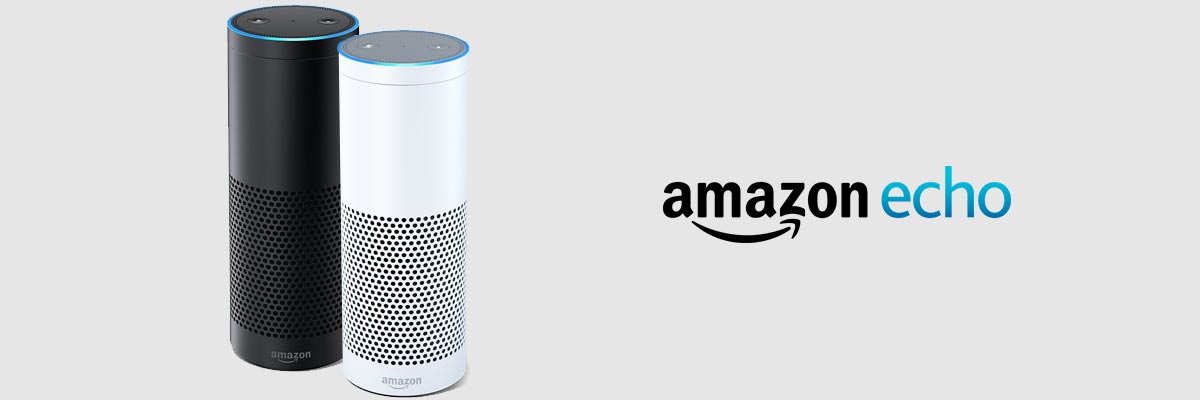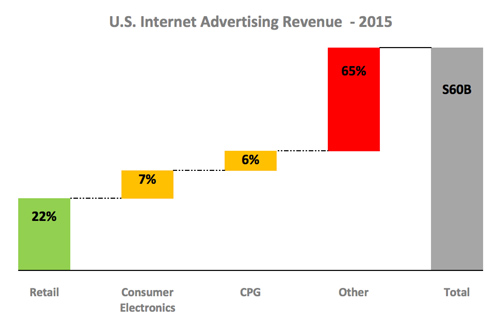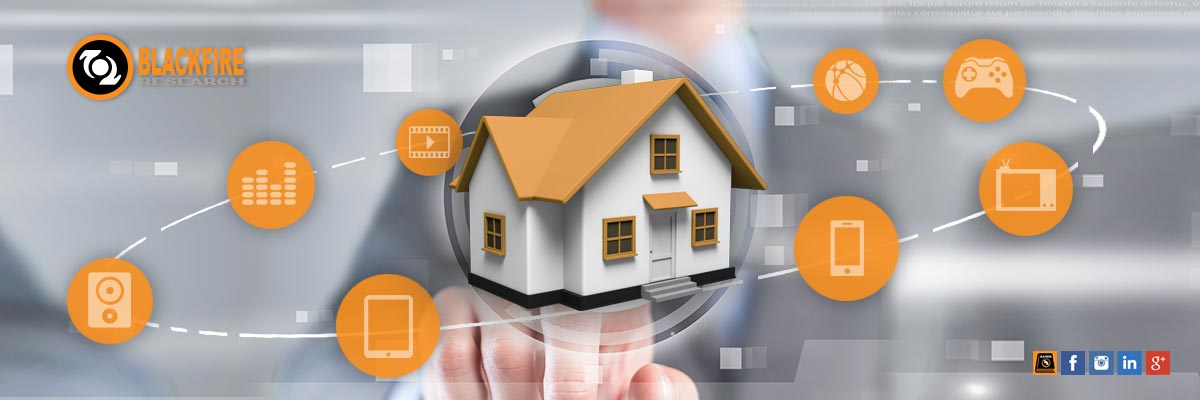Blackfire Research is proud to partner with Harman/Kardon – a leading global manufacturer of audio systems – to make the best wireless speakers on the market. Blackfire’s technology can be found in any of Harman’s wireless Omni speakers. Previously, we discussed the Harman/Kardon Omni 10 Wireless HD Loudspeaker. Today, we’ll take another look inside a Harman/Kardon speaker, powered by Blackfire’s patented technology. This time: the Omni 20, a wireless HD stereo loudspeaker.
With a weight of 2125 grams, the Omni 20 is much larger than its predecessor, the Omni 10, and is a more powerful speaker for larger rooms, with a rated power of 4 x 15W. Compared to the smaller, circular shape of the Omni 10, the Omni 20 is an oval, with a width of 260mm.
Like the Omni 10, the Omni 20 allows for multi-room and multi-channel wireless surround sound with a multi-speaker setup. Harman/Kardon’s user-friendly design allows you to enjoy your music from anywhere in your home, all with the touch of a button: enjoy the same song throughout the entire home through “Party Mode,” or Press “Link” on the speaker to continue playing your music on another device. Multi-room and multi-channel wireless audio also lets you play different songs in different rooms.
You can stream music from your smartphone or tablet through the Harman/Kardon controller app, or, take advantage of the Omni 10’s Bluetooth capability by streaming music from your tablet or phone. While using Bluetooth, “the speaker will automatically translate the signal to Wi-Fi…all over your house for a truly flexible whole home audio experience”so you never have to worry about range limitations, dropouts, or low quality audio.
The Omni 20 supports superior, lossless HD audio without synchronization issues, playback lag or dropouts between multiple speakers, and streams up to 24bit/96kHz studio quality sound, all through Wi-Fi.
Harman/Kardon’s Omni 20 wireless HD Stereo Loudspeaker powered by Blackfire comes in either black or white and can be purchased for $299.95 each.











